Bharath K P
Medical Image Enhancement Using Histogram Processing and Feature Extraction for Cancer Classification
Mar 14, 2020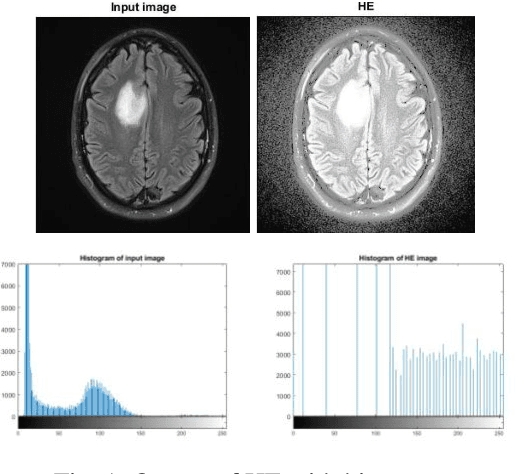
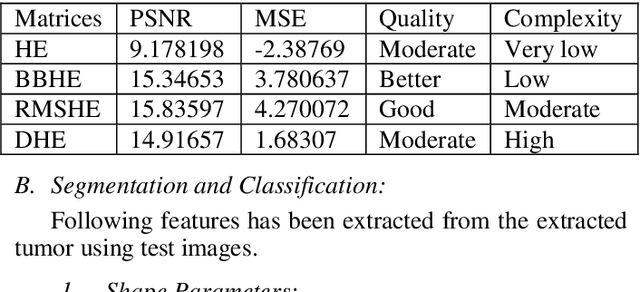

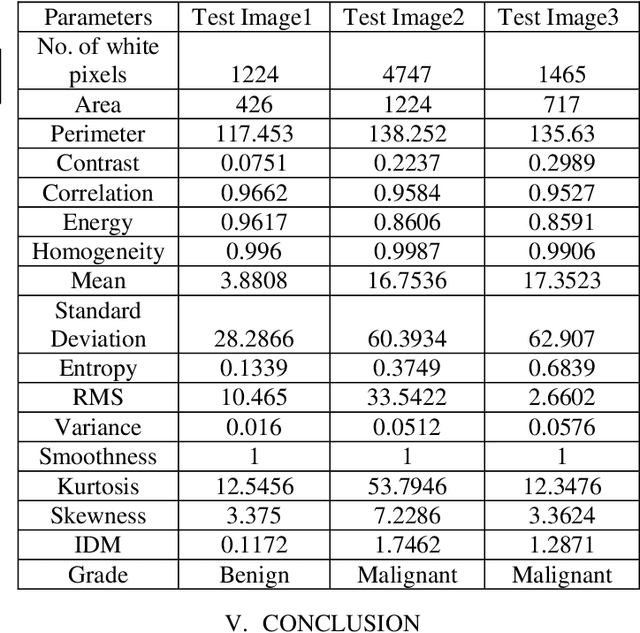
Abstract:MRI (Magnetic Resonance Imaging) is a technique used to analyze and diagnose the problem defined by images like cancer or tumor in a brain. Physicians require good contrast images for better treatment purpose as it contains maximum information of the disease. MRI images are low contrast images which make diagnoses difficult; hence better localization of image pixels is required. Histogram Equalization techniques help to enhance the image so that it gives an improved visual quality and a well defined problem. The contrast and brightness is enhanced in such a way that it does not lose its original information and the brightness is preserved. We compare the different equalization techniques in this paper; the techniques are critically studied and elaborated. They are also tabulated to compare various parameters present in the image. In addition we have also segmented and extracted the tumor part out of the brain using K-means algorithm. For classification and feature extraction the method used is Support Vector Machine (SVM). The main goal of this research work is to help the medical field with a light of image processing.
Medicine Strip Identification using 2-D Cepstral Feature Extraction and Multiclass Classification Methods
Feb 03, 2020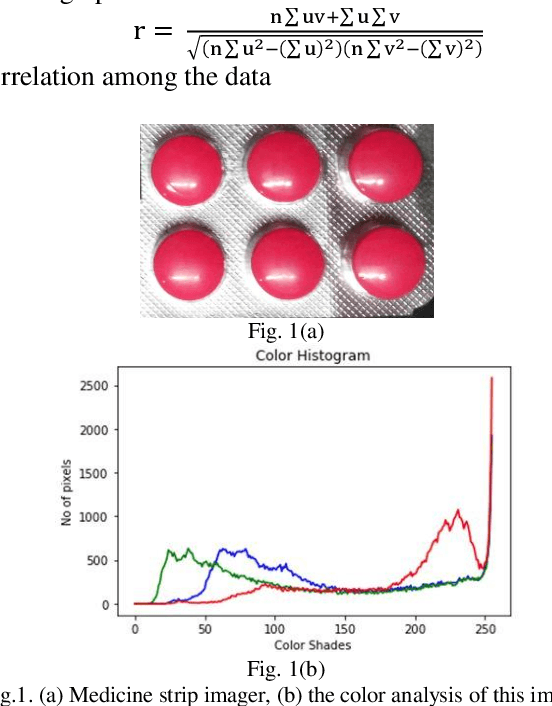

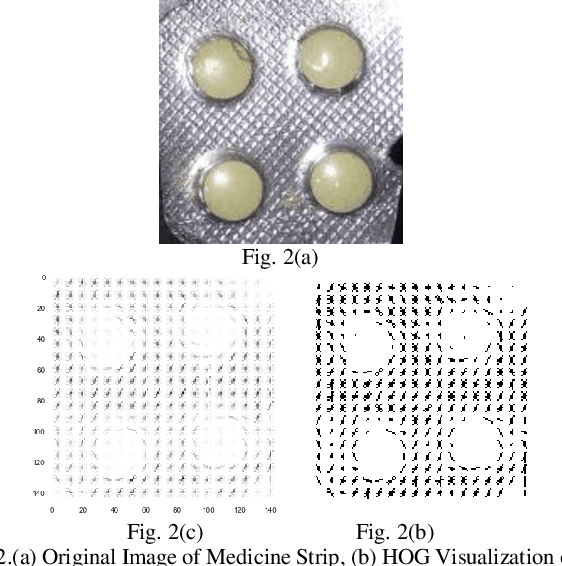
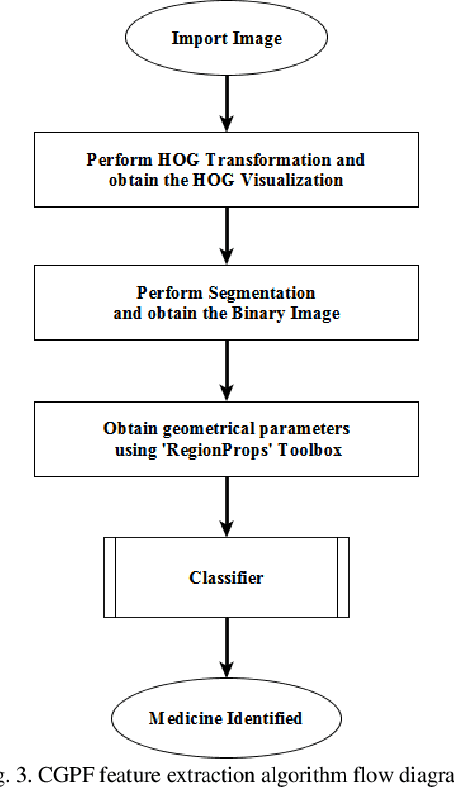
Abstract:Misclassification of medicine is perilous to the health of a patient, more so if the said patient is visually impaired or simply did not recognize the color, shape or type of medicine strip. This paper proposes a method for identification of medicine strips by 2-D cepstral analysis of their images followed by performing classification that has been done using the K-Nearest Neighbor (KNN), Support Vector Machine (SVM) and Logistic Regression (LR) Classifiers. The 2-D cepstral features extracted are extremely distinct to a medicine strip and consequently make identifying them exceptionally accurate. This paper also proposes the Color Gradient and Pill shape Feature (CGPF) extraction procedure and discusses the Binary Robust Invariant Scalable Keypoints (BRISK) algorithm as well. The mentioned algorithms were implemented and their identification results have been compared.
Radial Based Analysis of GRNN in Non-Textured Image Inpainting
Jan 13, 2020Abstract:Image inpainting algorithms are used to restore some damaged or missing information region of an image based on the surrounding information. The method proposed in this paper applies the radial based analysis of image inpainting on GRNN. The damaged areas are first isolated from rest of the areas and then arranged by their size and then inpainted using GRNN. The training of the neural network is done using different radii to achieve a better outcome. A comparative analysis is done for different regression-based algorithms. The overall results are compared with the results achieved by the other algorithms as LS-SVM with reference to the PSNR value.
Handwritten Character Recognition Using Unique Feature Extraction Technique
Jan 13, 2020



Abstract:One of the most arduous and captivating domains under image processing is handwritten character recognition. In this paper we have proposed a feature extraction technique which is a combination of unique features of geometric, zone-based hybrid, gradient features extraction approaches and three different neural networks namely the Multilayer Perceptron network using Backpropagation algorithm (MLP BP), the Multilayer Perceptron network using Levenberg-Marquardt algorithm (MLP LM) and the Convolutional neural network (CNN) which have been implemented along with the Minimum Distance Classifier (MDC). The procedures lead to the conclusion that the proposed feature extraction algorithm is more accurate than its individual counterparts and also that Convolutional Neural Network is the most efficient neural network of the three in consideration.
 Add to Chrome
Add to Chrome Add to Firefox
Add to Firefox Add to Edge
Add to Edge